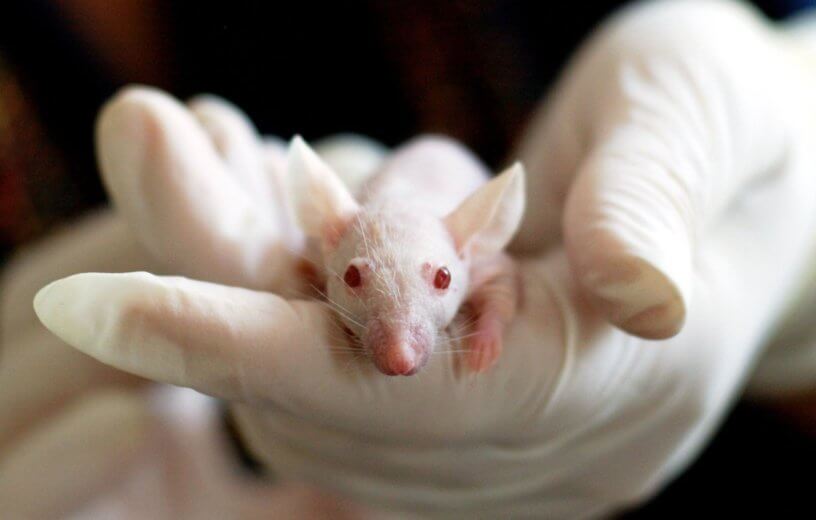EAST LANSING, Mich. — Do you ever wonder how cancer research conducted on mice relates to humans? Even scientists have pondered this question. Researchers at Michigan State University have laid to rest at least some of the puzzle in a recent study.
In fact, the study shows that mice are even better than expected at mimicking human breast cancer tissues and genes. The research also reveals that cancer expression in mice closely copies human cancers of the lungs, mouth and esophagus.
“Just like human breast cancer, there are many subtypes that can be found in mice,” says Eran Andrechek, study co-author and physiology professor at the university, in a release. “Our work outlines the genetic similarities of the tissue and cells in different types of tumors and shows the strong relationships mice can have to other human cancers, too.”
Cancer researchers considered various subtypes of tumors, including glandular and squamous. Tumors have unique genes that determine how they act, referred to as “gene expression,” and send signals. The authors compared mice and human tumors, as well as how the genes behaved. Gene expression in mice mirrored that of humans in certain breast cancers and was also involved in other cancers.
“Groups of genes were also being expressed similarly in the lung, oral and esophageal tumors,” says Andrechek. “For example, mouse mammary tumors shared a signaling pathway that is found in human lung cancer and controls how cells reproduce and move from one location to another.”
The authors are excited that their research may help lead to better treatment options in the future. And that is huge, considering that cancer is topped by only heart disease as the leading cause of death in the U.S., according to the Centers for Disease Control.
“Our work will help scientists understand in part what makes the various tumors so unique and such a challenge to treat,” says Andrechek. “But even more importantly, for patients, our ability to identify the similarities could allow treatments for other cancers like lung to be used for certain breast cancers down the road.”
Findings were published in the January 18, 2018 issue of PLOS Genetics.
